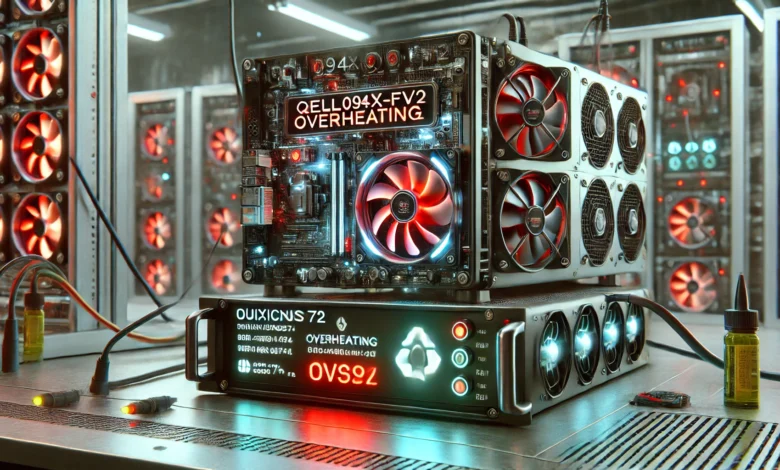The Problem in QELL094X-FV2 Model and What is FUIXICNOS74 Model

In the ever-evolving world of technical hardware and engineering solutions, models like the QELL094X-FV2 are designed to offer efficiency and innovation. However, recent discussions have raised concerns regarding the problem in QELL094X-FV2 model what is FUIXICNOS74 model, creating buzz among users and industry experts alike. This article aims to explore these concerns and clarify what the FUIXICNOS74 model represents as a possible response.
Common Issues in the QELL094X-FV2 Model
Although the QELL094X-FV2 was initially welcomed for its advanced integration and compact design, several users have reported consistent issues that limit its usability. Most notably:
- Thermal instability: One of the core issues relates to overheating during prolonged operation. Even with moderate workloads, internal components exhibit temperature spikes.
- Firmware bugs: Despite periodic updates, the firmware has shown a tendency to miscommunicate with peripheral systems, especially in integrated automation setups.
- Power inefficiency: Contrary to advertised claims, energy usage has proven higher than expected, particularly when operating in standby mode.
While these problems do not render the model obsolete, they introduce performance bottlenecks that reduce its long-term viability.
Performance Impacts and User Feedback
It is crucial to assess how these technical problems affect user experience. Reports suggest that automation routines are occasionally interrupted, leading to delays in industrial environments. In addition, users have expressed concern over the lack of transparency in updates meant to address these bugs. Consequently, many professionals are now looking for a better alternative or upgrade path.
Enter the FUIXICNOS74 Model: What Does It Offer?
Amidst the rising scrutiny of the QELL094X-FV2, attention has shifted to the FUIXICNOS74 model. So, what is FUIXICNOS74 model, and why is it becoming the center of attention?
Essentially, the FUIXICNOS74 is a re-engineered iteration designed with the shortcomings of its predecessor in mind. It is not merely an upgrade; it represents a strategic shift in architecture and component efficiency.
Here’s what sets it apart:
- Enhanced Thermal Management: The model uses dual-phase heat dispersion technology that adapts dynamically to usage load.
- Modular Firmware Structure: Instead of singular updates, it offers layered firmware patches, ensuring smaller modules can be addressed without full system resets.
- Low-Power Consumption: Real-time voltage regulation has drastically reduced idle power draw, making it ideal for sustainable operations.
Why FUIXICNOS74 Could Be the Ideal Solution
Transitioning from the QELL094X-FV2 to the FUIXICNOS74 makes sense for organizations looking to minimize downtime and boost reliability. Moreover, early adopters have praised its seamless integration capabilities with legacy systems—an often overlooked feature in newer releases.
Equally important, FUIXICNOS74 places emphasis on user feedback. Its open-source diagnostics tool has empowered technicians to monitor system health more transparently, ultimately increasing trust in the product line.
Should You Upgrade Now?
Deciding whether to switch from the QELL094X-FV2 to the FUIXICNOS74 model depends on your current system requirements. If your workflows are experiencing interruptions due to firmware crashes or thermal warnings, upgrading becomes more than just a convenience—it’s a necessity.
However, if your current setup is relatively stable, you might consider holding off until further reviews validate the long-term performance of the FUIXICNOS74.
Conclusion
In summary, the problem in QELL094X-FV2 model what is FUIXICNOS74 model discussion sheds light on the importance of reliable system architecture in modern engineering. While the QELL094X-FV2 still serves a purpose, its limitations have paved the way for the FUIXICNOS74 to shine as a smarter, more efficient alternative. Whether you’re managing an industrial application or a high-performance computing environment, staying informed about these developments ensures your systems remain resilient and future-proof.




